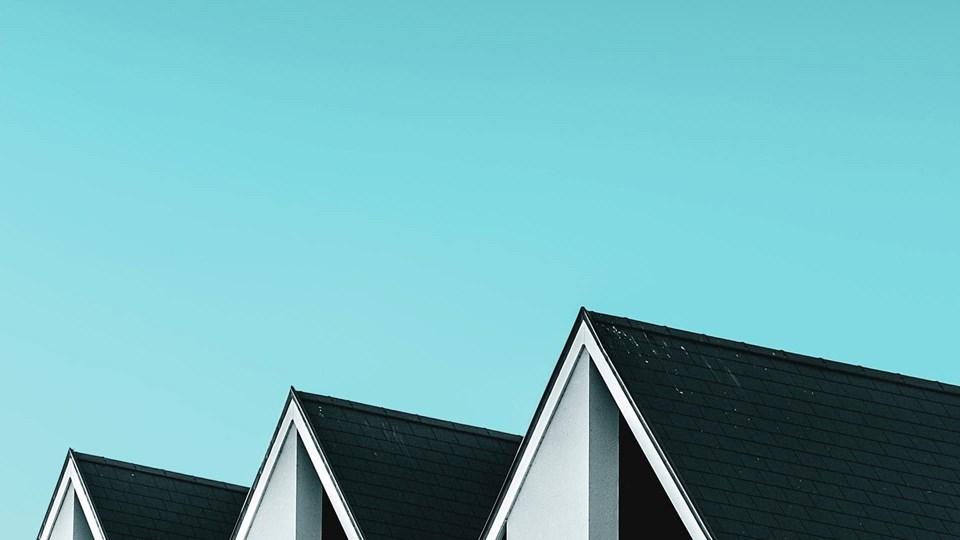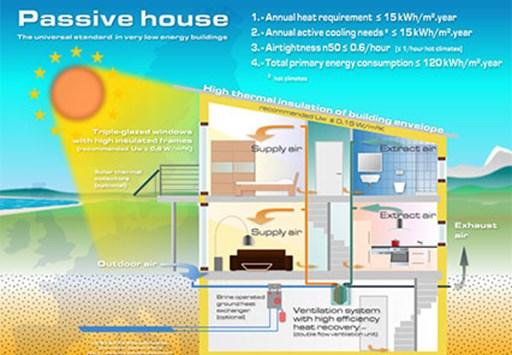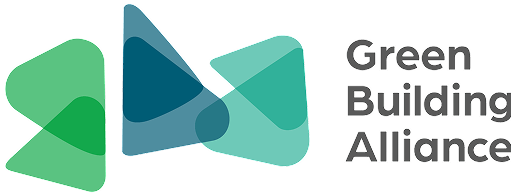Passive House
The Passivhaus standard was developed in Germany in the early 1990s and the first dwellings to be completed to the Passivhaus Standard were constructed in Darmstadt in 1991. The Passive House Institute (PHI) is an independent research institute founded in Germany in 1996 and led by Dr. Wolfgang Feist. PHI has continued to research, educate, and promote the Passive House standard since its founding.

On this side of the pond, the Passive House Institute US (Phius) was founded in 2007 and offers a stateside Passive House certification. Building owners and project team members will want to review both the PHI and Phius standards before selecting which one to pursue.
In general, the Phius standard is used most often on residential and multi-family projects, while the PHI standard is used more often on commercial projects. Groups like the North American Passive House Network and International Passive House Association are great resources.
As is often the case – a bit has been lost in translation from Passivhaus to Passive House. Passive House is not exclusive to homes, nor are the buildings completely passive. The “passive” in “passive house” refers to achieving overall energy savings of 60-70% and 90% of space heating without applying expensive “active” technologies such as photovoltaics or solar thermal hot water systems to supply needed energy to the HVAC system. Energy losses are minimized, and gains are maximized.

Both PHI and Phius offer credentials and building certifications and some professionals choose to pursue both so they can gain expertise in both standards.
Western Pennsylvania has a number of Passive House projects and many enthusiastic Passive House professionals! This building method can support projects aiming for net-zero energy use, Living Building Challenge, or LEED. Be sure to check our calendar for Passive House related events!
